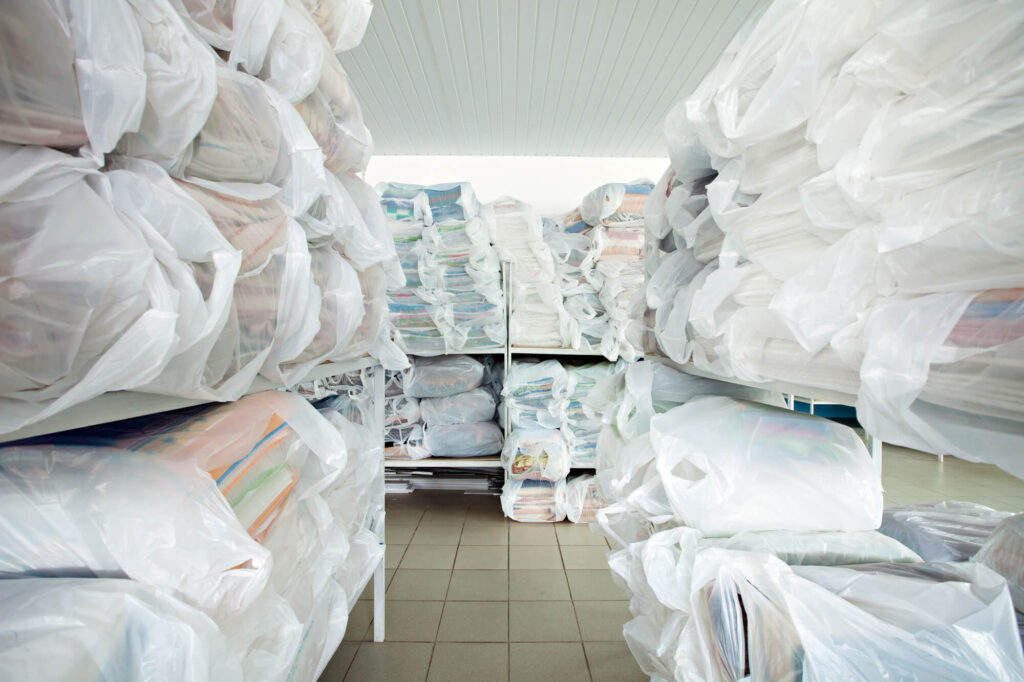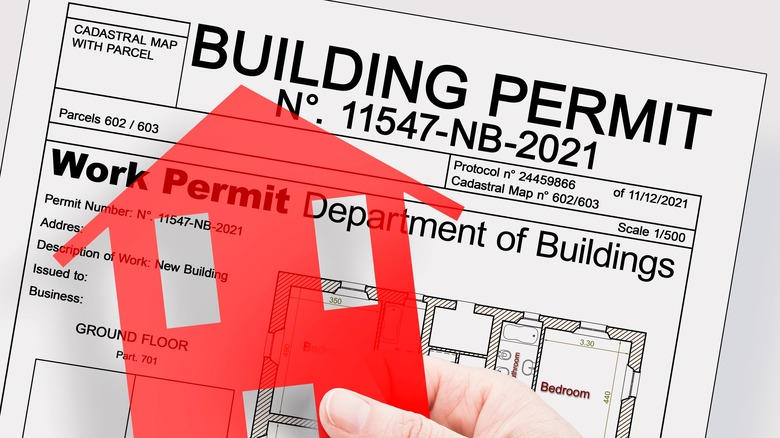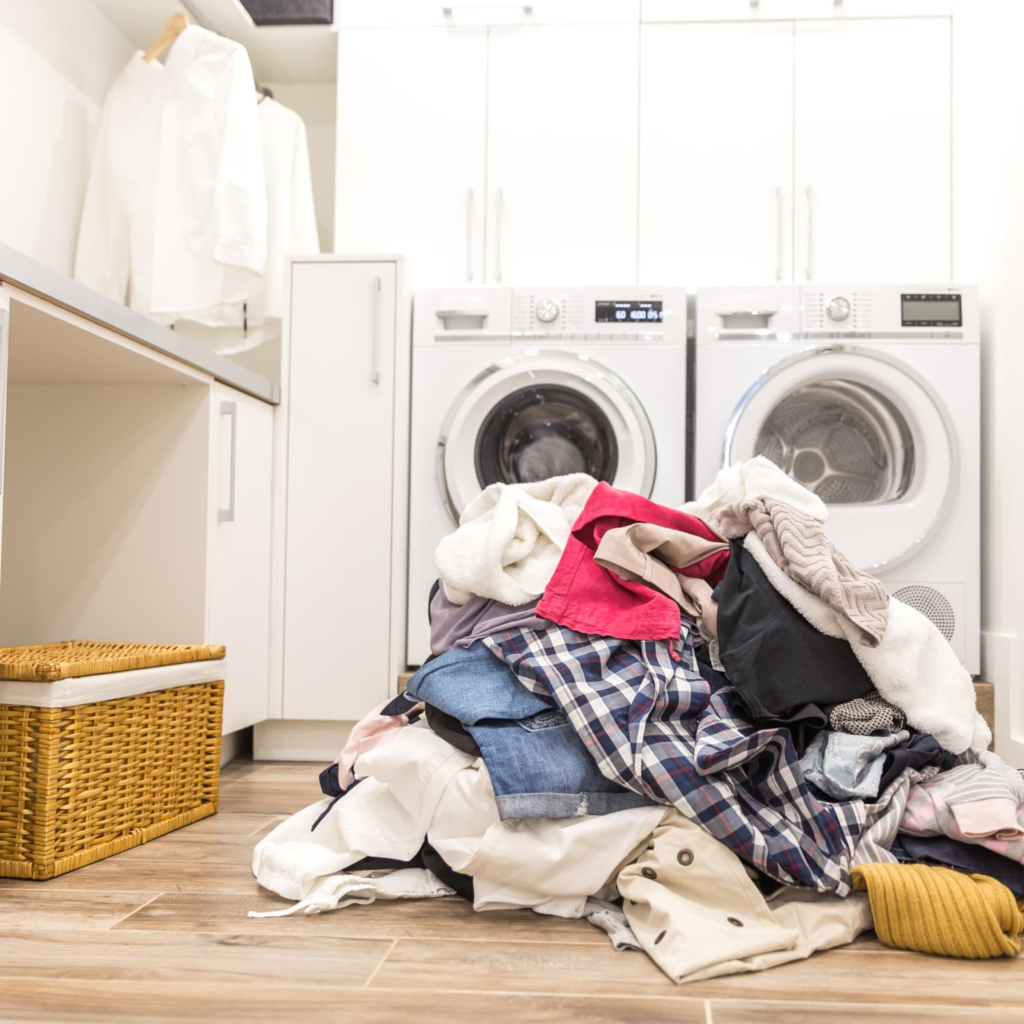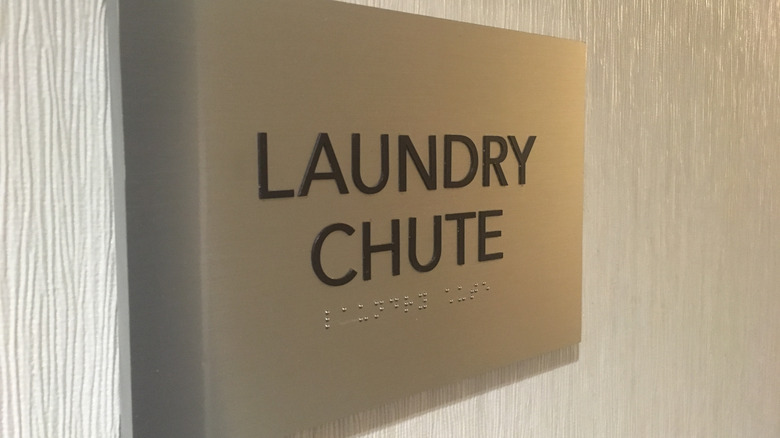What You Need To Know Before Installing A Laundry Chute

Laundry chute maintenance can be complicated. Whether you have a family with little children or live alone, maintaining several loads of whites, darks, linens, and everything in between might feel like an endless chore. Carrying clean and dirty clothing up and down stairs before and after washing them is one of the main problems many people have with this. Additionally, laundry hampers can take up valuable floor space in bathrooms and bedrooms that could be better utilized for other purposes.
A laundry chute can help address both of these grievances and somewhat lessen the workload. Eliminating the trouble of handling hampers full of dirty laundry, you can drop clothes and linens directly down next to your washer and dryer using a laundry chute. There are several things you’ll want to know before you start considering paying someone to build a laundry chute or trying to do it yourself.
Also Read: Transform Your Living Room Cozy Decor Secrets
What Is a Laundry Chute?
First, let’s talk about what a laundry slide is. A laundry chute is made to make a straight line from one or more rooms in a house to the washing room. Usually, they are made up of a long, wide pipe that goes through the house’s walls or floors and ends near the washer.
When the entry door at the top of the chute is opened, people can drop their dirty clothes down and send them straight to the laundry room, where they will be ready to be added to a wash cycle. It’s important to plan for where the chute ends so that there is room for a laundry basket inside. In addition, it should be put somewhere that keeps big piles of clothes from forming in places where they could start a fire.
The chute could have several access locations, depending on the house and its design. For instance, an access point on each of the upper two stories might be found in a 3-story house, including a laundry room on the first floor. Likewise, some chutes might be made to offer several access points on the same floor—from separate bathrooms or bedrooms on the same level of the house.
Should You Install A Laundry Chute Yourself Or Hire An Expert To Help?
You can install a laundry chute yourself or employ a general contractor. If you have time and know the basics of the building, you could erect the chute yourself. However, it may depend on your home’s layout and how many wires block the laundry room path. The chute must also be properly sized. Too much tightness will jam it, especially with thicker sheets and towels.
You must design the path before starting this job. Cut holes in the laundry room ceiling, floor, or wall where the chute will be accessible from above. Metal ductwork is suitable for chute construction. It is easy to work with, can be slanted to avoid obstacles, and has a smooth interior finish to let goods pass through.
However, constructing a laundry chute is still complicated, so it may not be the greatest DIY project for beginners. If you’re not sure about your skills or don’t have time to accomplish the project, hiring a professional contractor may be best. With a professional, you can be sure everything will be done right and there will be fewer serious mistakes.
Laundry Chute Installation Cost?

The cost of a laundry chute installation depends on several factors. Your choice to install the chute yourself or employ a contractor is crucial. Installing it yourself is cheaper. You should expect to lose many hours of work time. The cost to install the chute depends on the home layout and distance from the entrance to the laundry room. The project will cost extra due to ductwork on longer pathways. You’ll need to spend $100–200 on materials to create the chute.
The layout will affect the cost of hiring a contractor. As contractors charge more in high-cost areas, so will your location. Budget at least $800 for a general contractor to prepare the chute. Be sure to gather quotes from several firms before making a decision.
Do Clothes Get Stuck in a Laundry Chute?

Clothing and other items can get stuck in washing chutes. This can be frustrating. However, most items should be easy to remove. Throwing something heavier down the chute can help dislodge a clog. Roll jeans into cylinders and throw them down the chute. If this fails, find the chute’s terminus in the washing room. Look up to see the problem and push the barrier using a broom or yardstick.
Limit chute jams by taking action. First, design and build the chute with a smooth interior. Anything sticking out of the chute, even something small, may catch on and impede it from reaching the laundry room. Reducing the amount you send down the chute can also reduce the possibility of something getting trapped. A wider chute is better than a narrower one if your home architecture allows it.
Does A Laundry Chute Require a Permit?

Check your local rules to see whether you need permission to build a laundry chute in your home. Any significant structural work that modifies the property usually requires permits, but cities and counties may have different definitions. If you hire a contractor, they can advise you on permit requirements. It is your responsibility to ensure that house renovations comply with your legislation, so talk to the city about the process.
Give yourself time to apply for and receive a permit before starting work. Permits may take weeks to issue. Location-dependent fees apply to its delivery. Do not ignore requirements to avoid waiting or paying fees. The city may delay your project without proper permitting. Working without a license may make it harder to sell your home.
What Kind Of Maintenance Is Required For Laundry Chutes?

Laundry chutes need some basic maintenance, hence, keeping up with them will help avoid clothes or linens becoming caught in the chute. It can also decrease safety risks in connection with youngsters falling or fire spreading.
Check the tube interior occasionally. Look down and above with a flashlight from the laundry room door. Moving clothes and other obstructions with a broom or yardstick’s long handle. First, clear the path, then inspect the entry doors. Make sure they open and close properly and nothing is loose. Tie down loose screws or get a professional. Make sure the child safety locks operate throughout this test. Fire or harm can result from improper door closings or broken locks.
Planning Methods For Laundry Chute
Planning Your Laundry Chute Installation
Before installation, you would ideally have a blueprint guiding you through the structure of your house and its mechanical systems. If you do not have a blueprint easily accessible, look at your floors and walls to map a course across the frame of your house and mechanical systems away from load-bearing walls and utility lines.
1:-Picking Out the Perfect Place

Pick a spot for installation that gives you a clear way from the upper floors to your laundry room. If possible, try to avoid curves. If you have to have them, make sure they are long and smooth so clothes don’t get caught while being moved.
The starting place of the chute should also be easy to get to without drawing attention to itself. Depending on how your home is set up, hallway closets, bathroom dressing closets, or bedroom closets might be good choices.
2:-Picking out a Chase Material

The chase is the frame that your laundry chute will go through. Wood, plywood, drywall, or sheet metal are often used to make it. For items that will last longer, choose metal or stainless steel.
The inside of your laundry chute should be smooth so that clothes don’t get caught. Because synthetic fabrics don’t stick to plywood as well, you might want to paint or wax the inside of the plywood to keep it from sticking.
How to Install a Laundry Chute Step-by-Step
Putting in a laundry chute requires careful planning and building to make sure that your clothes move smoothly.
- Depicting the chute’s route
First, make a drawing for the chute that leads to the laundry room from the second floor. By noting down the locations of the pipes, support beams, and lines, you can save yourself from running into them.
- Starting the process
Make sure the chute’s path exactly matches the path you planned once you know its route. Make your drywall’s initial cuts. The top and bottom holes can then be made with a drywall saw or rotary saw. Use caution not to harm any hidden utilities, and make use of a flashlight to locate any items you may have overlooked.
- Making the Chase
Get assistance placing the chase appropriately and inserting it into the chute’s bottom opening. To secure it to the surrounding building, we must cooperate.
- Installing the chute door
A chute door can prevent inadvertent falls down the chute by children or animals. Installing a trapdoor close to the chute’s base can also aid in preventing fires from escalating higher up the structure. State laws may govern the laundry chute’s dimensions, location, and style. We advise you to contact your local building officials to obtain the most recent code information for your area.
Conclusion
Putting in a laundry chute takes careful planning and work, but many people find it to be worth the extra effort because it makes their lives easier. Before you start your project, you should know how your home is built and make sure you follow all the rules for a safe and smooth installation. You might want to hire a professional to help you build your laundry chute if you don’t have the tools or time to do it yourself.

